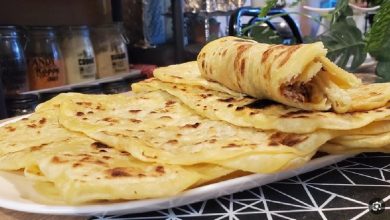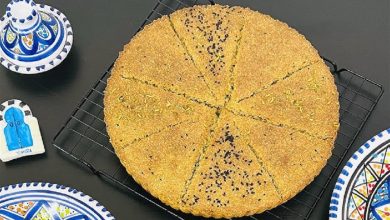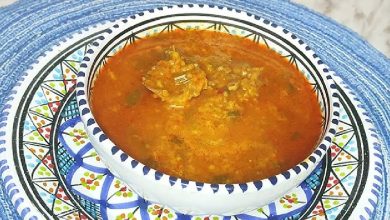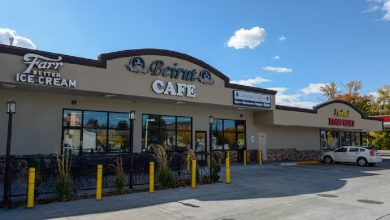Milsooa: Rediscovering a Forgotten Palestinian Village Dish
A Deep Dive into “Al-Milsooa,” a Vanishing Rural Recipe from the Heart of Palestinian Culinary Heritage.
Al-Milsooa (Arabic: الملسوعة) is a rare and nearly forgotten dish from traditional Palestinian village cuisine, especially associated with the central and southern highlands, such as Hebron (Al-Khalil) and rural areas of Bethlehem. Rooted in the era before electricity and modern ovens, this dish represents the culinary creativity of Palestinian women who relied on clay stoves, foraged ingredients, and precise handwork.
The name “Milsooa” comes from the Arabic verb “lasa’a” (لسع), meaning “to burn or scorch,” referring to the traditional way the dough or batter is poured thinly on a hot, scorched surface and cooked quickly—similar in technique to crêpes or Moroccan msemen, but with completely different flavors and purpose.
What Is Milsooa?
Milsooa is best described as a thin, scorched flatbread or pancake made from whole wheat flour, water, salt, and sometimes a touch of olive oil or wild herbs. It is:
-
Cooked directly on a hot saj (a domed metal griddle), clay oven, or even a burning stone, giving it a slightly smoky, charred flavor.
-
Usually torn by hand and served with olive oil, fresh labneh, or wild za’atar.
-
Often prepared in batches, stacked together, and consumed during early mornings or simple village meals.
In many villages, the first “milsooa” piece was reserved for children or the elderly—seen as both comfort food and sustenance.

Cultural Significance and Disappearance
Milsooa belongs to a category of pre-industrial peasant foods made with minimal ingredients yet maximum skill. It was once a common dish during cold winter months, as its warmth and slight smokiness made it perfect alongside herbal tea or goat yogurt.
However, due to urbanization, modern diets, and displacement, the dish has largely disappeared from mainstream Palestinian tables, especially after the Nakba in 1948 and the gradual loss of rural food practices. Today, it survives mostly in oral history, elderly women’s memories, and scattered references in ethnographic cookbooks and Palestinian food documentation efforts.
Reviving Milsooa
Thanks to the rising interest in reviving lost Palestinian dishes, some heritage chefs and food bloggers have begun showcasing milsooa as a symbol of resistance, identity, and connection to the land. It is now being reintroduced:
-
At culinary festivals in Palestine
-
In diaspora communities in Jordan and Lebanon
-
Through food activism efforts preserving traditional recipes
Many also see it as a sustainable dish, requiring no electricity, minimal ingredients, and producing zero waste—making it perfect for eco-conscious cooking.



